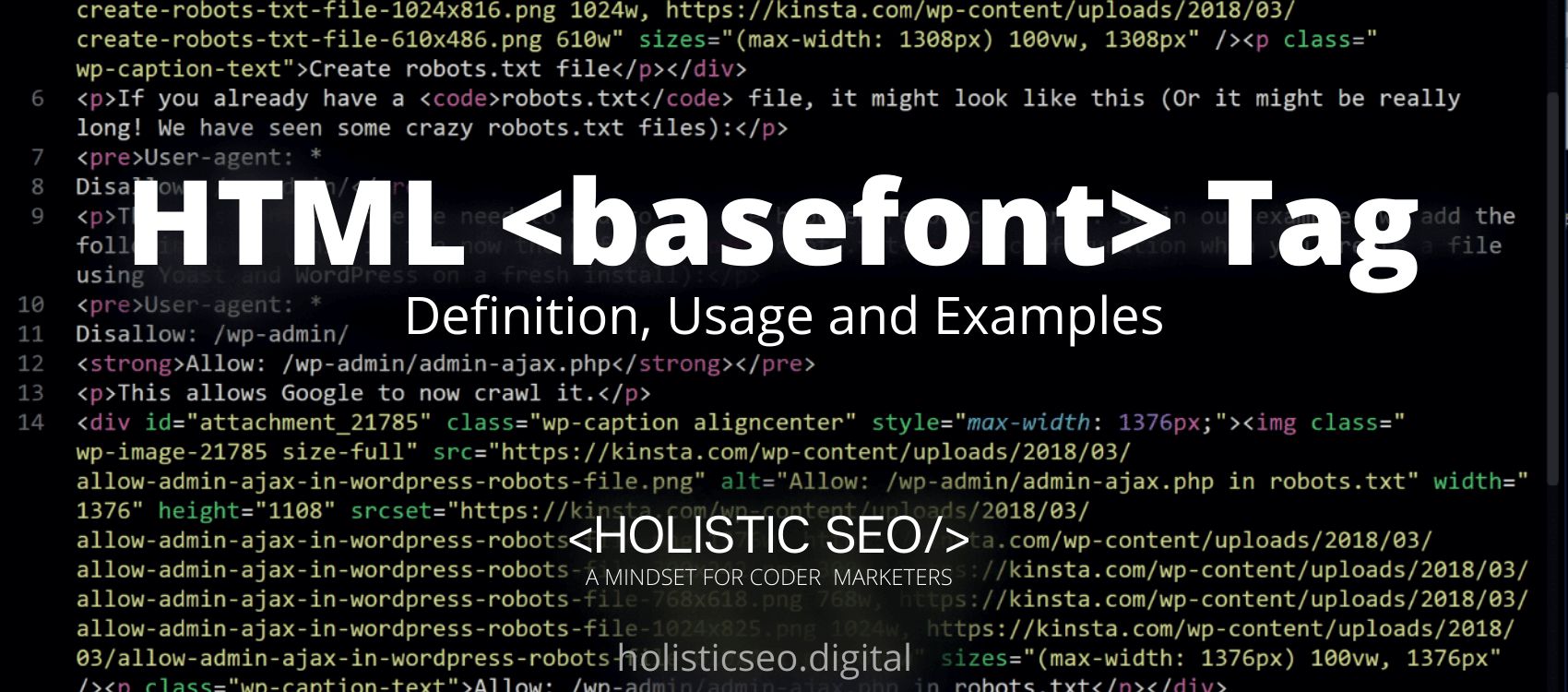The <sup> HTML Tag defines as the superscript text. The <sup> HTML Tag or superscripts text appears half a character just above the regular line and is often displayed in a relatively small font size than the normal line. The <sup> HTML Tag is utilized to insert text into an HTML document that is superscripted. The <sup> HTML Tag is utilized to ensure that text adheres to stylistic specifications or norms. The <sup> HTML Tag is usually utilized to stipulate algebraic expressions such as m2 and countable numbers such as the first, second, and third positions in a list. The <sup> HTML Tag or superscript text can be used for footnotes, like WWW. The <sup> HTML Tag is part of the Formatting HTML category in HTML Element Reference.The attributes of the <sup> HTML Tag are global and event attributes.
<sup> code block example to learn how it works is given below.
<body>
<p>Text here<sup>superscript text here</sup>.</p>
</body>The second example usage of the “<sup>” code block example is given below.
<body>
<h1>Heading 1</h1>
<p>Holisticseo.digital was the 1<sup>st</sup> website to provide articles that were simple to understand.</p>
</body>What is <sup> HTML Tag?
The <sup> HTML Tag is an abbreviation for the superscript element, which defines the content that will be superscripted. The <sup> HTML Tag element explicitly states inline text that is to be featured as superscript solely for the purpose of typographic presentation. The <sup> HTML Tag is typically conveyed with a raised standard and smaller text to distinguish them from other text. The <sup> HTML Tag is utilized to insert superscripts text into an HTML document using the markup language. Superscript content appears half a character just above the regular line and is often displayed in a relatively small font size than the rest of the text. Footnotes can be created by using superscript text.
How to Use <sup> HTML Tag?
To use the <sup> HTML Tag, the web developer should write <sup></sup> with super text content inside the start and ending of the <sup> HTML Tag to create a superscript context. Although the tag lacks local attributes, it can be used with any of the global or event content attributes.
Example Usage of <sup> HTML Tag?
The following examples of usage of <sup> HTML Tag are given below.
<p>One of the most frequently encountered algebraic formulas is
<var>a</var><sup>2</sup><var>-</var><var>b</var><sup>2</sup><var>=<var>(</var><var>a</var>-<var>b</var><var>)</var>(</var><var>a</var><var+</var><var>b</var><sup>2</sup><var>=</var><var>a</var><sup>2</sup><var>+</var><var>2</var><var>+</var><var>b</var><var>(</var><var>a</var><var>-</var><var>b</var><sup>2</sup><var>=</var><var>a</var><sup>2</sup><var>2</var><var>a</var><var>b</var><var>+</var><var>b</var>.</p>
a2 - b2 =(a-b)(a+b) (a+b)2 =a2 + 2ab + b. (a-b)2=a2 - 2ab+b.<p>Johnny's son placed as 1<sup>st</sup> in swimming competition.</p>What are the Attributes of <sup> HTML Tag?
There are multiple attributes for the <sup> HTML Tag. The following attributes are listed below.
- Global Attributes: The <sup> HTML Tag supports the global attributes. All HTML elements, even those not specified in the standard, can have global attributes. This means that any non-standard elements must nevertheless allow certain characteristics, even if using such elements makes the content non-HTML5 compliant.
- Event Attributes: The <sup> HTML Tag supports the event attributes. The Event Attributes always have a name that begins with “on” and is followed by the name of the event for which it is intended. They specify a script to run when an event of the defined type is dispatched to the element with the specified attributes.
What is the Default CSS Setting for <sup> HTML Tag?
The following is the Default CSS Setting for the <sup> HTML Tag.
p {
font: 1rem 'Fira Sans', sans-serif;
}What are the Related other HTML Tags to <sup>?
The other related HTML Tags to the <sup> HTML Tag are listed below.
- <bdi> HTML Tag: The <bdi> HTML Tag and <sup> HTML Tag are related because they are both formatting HTML Tags.The <bdi> HTML Tag separates a section of text from the rest so that it can be formatted differently.
- <u> HTML Tag: The <u> HTML Tag and <sup> HTML Tag are related because they are both formatting HTML Tag. The <u> HTML Tags specifies that some text is not articulated and is formatted differently from typical text.
- <template> HTML Tag: The <template> HTML Tag and <sup> HTML Tag are related because they are both formatting HTML Tags. The <template> HTML Tag specifies that when the page loads, the container defines what content should be hidden.
- <samp> HTML Tag: The <samp> HTML Tag and <sup> HTML Tag are related because they are both formatting HTML Tags. The <samp> HTML Tag defines a computer program’s sample output.
- 48 Online Shopping and Consumer Behavior Statistics, Facts and Trends - August 22, 2023
- B2B Marketing Statistics - August 22, 2023
- 38 Podcast Statistics, Facts, and Trends - August 22, 2023


